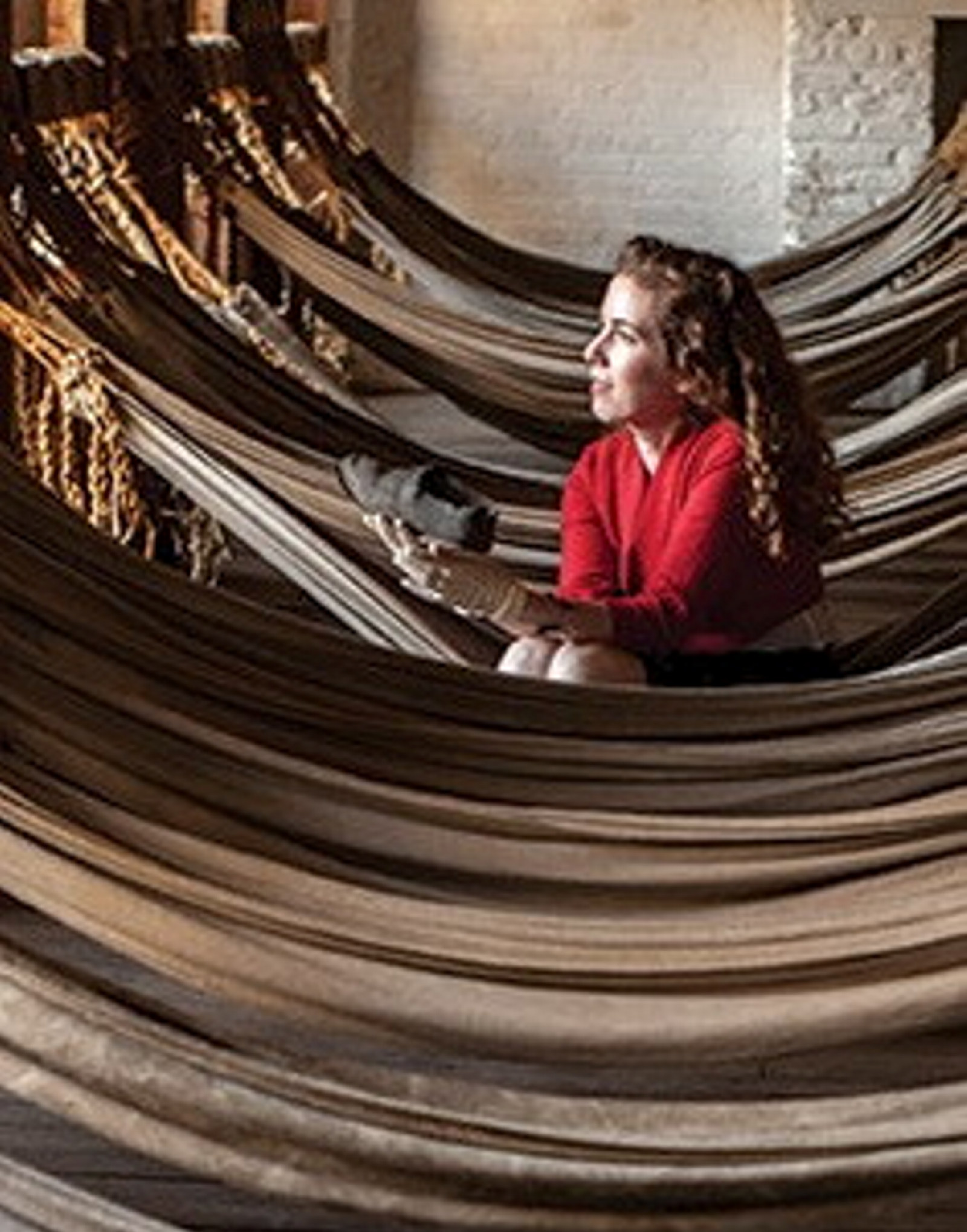William Redfern
Mutineer, medical game-changer, surgeon
Arrived 1801 on Minorca
f you were a convict on board one of the transport ships sailing to New South Wales before 1814, it was more than likely that you would have fallen ill with a deadly disease like scurvy or typhus. In this era, as many as one in ten convicts died on board the transport ships. That’s why Governor Macquarie enlisted the help of colonial surgeon William Redfern.
When ships arrived at Sydney Cove, Redfern must have gone on board to investigate; he later reported on the ignorance and carelessness of ship’s surgeons, the rank air and close quarters below decks, and the neglect of established rules. In fact, he’d seen and lived it all before, having been transported himself as a convict on the Minorca in 1801.
As a young surgeon’s assistant in the Royal Navy, Redfern probably could never have imagined the path his life would take after being transported for taking part in a mutiny. When he arrived in the small town of Sydney, doctors were scarce, so his medical know-how was put to good use. As a free man from 1803, Redfern worked as assistant colonial surgeon, first in the makeshift tent hospital at Dawes Point, then, from 1816, at the new General ‘Rum’ Hospital on Macquarie Street.
In his newly built quarters in the hospital south wing, he may have sometimes stood on the verandah and stared out to Port Jackson across the Governor’s Domain, perhaps scribbling remedies for convict ailments in his notebook. And he may well have had to turn back inside to escape the offensive stench of the ‘large dung heap’ wafting over on the sea breeze from the back of the hospital.
Redfern wasn’t known for his ‘overflowing politeness’, but his skills certainly had the respect of the Governor, and it seems there was never a shortage of convicts showing up for treatment. We know, for example, that from May 1818 to October 1819, 988 patients were received into the wards, afflicted with all manner of diseases and work-related injuries, such as ulcers, bruises, inflammation, pneumonia, skin lesions, burns, back pain, dysentery, and flogging wounds. And, in this pre-antibiotic era, 86 of them died.
When compared to today’s hospital standards, it’s hard to imagine the overwhelming smell from chamber pots and dirty bedclothes and bandages that must have met Redfern when he entered the wards at 6 o’clock each morning to treat the patients. Even this resilient, practised medical man reportedly sometimes had to turn away. Imagine the scene in his quarters too, where his wife, Sarah, also lived, when Redfern conducted surgical procedures such as amputations, without any anaesthetic to dull the patient‘s excruciating pain.
In October 1819 Redfern resigned in anger, having been denied the appointment of principal surgeon. According to the colonial ‘establishment’, an ex-convict could only rise so high.
However, in an enduring tribute to this man whose work was dedicated to improving the health of thousands of convicts, land granted to him at the south of the town is now known as the suburb of Redfern.
Related
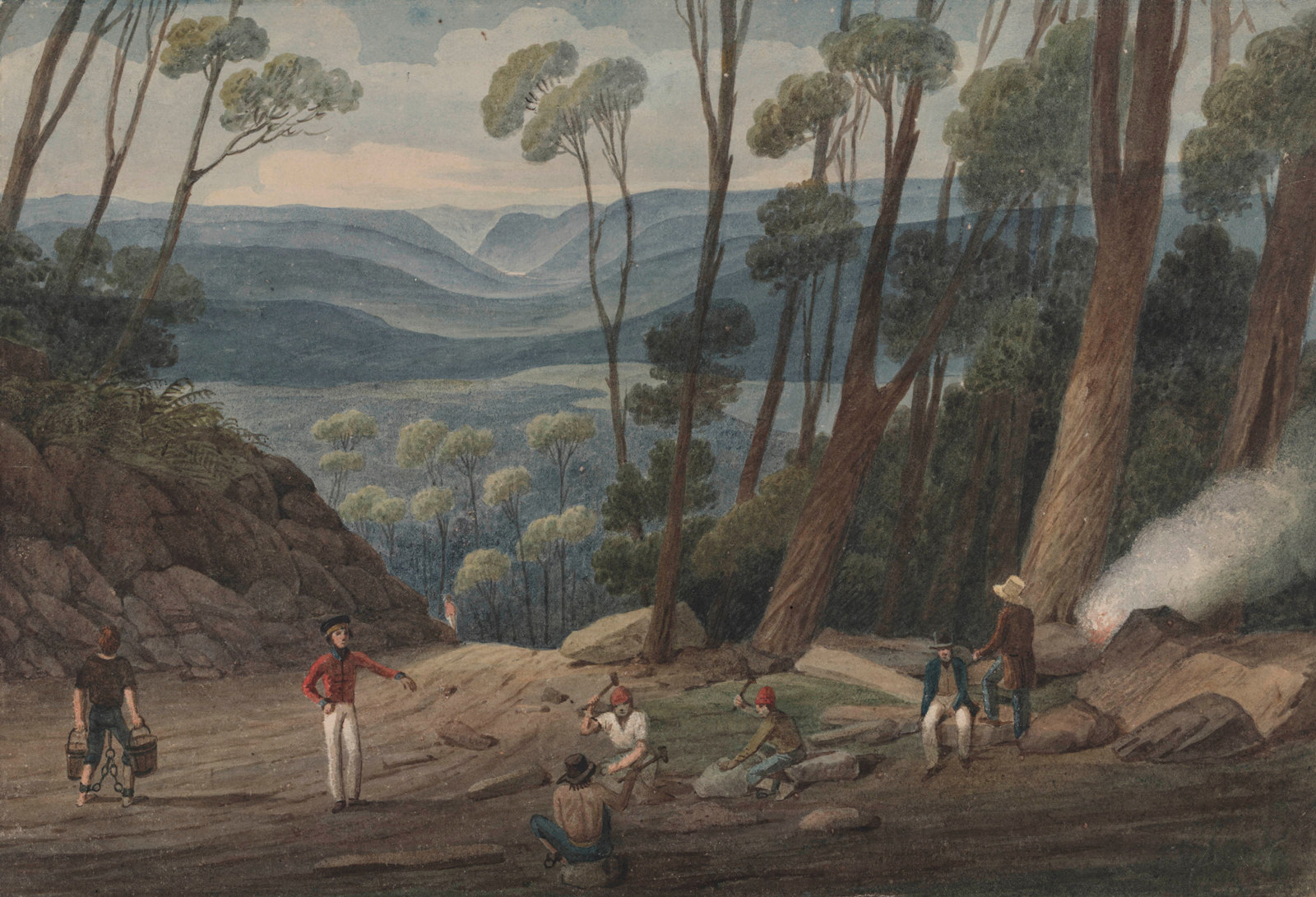
Convict Sydney
Back to business
From 1822, with the British government keen to cut costs and encourage pastoral expansion, part three sees the removal of convicts from town
Published on
Convict Sydney
Browse all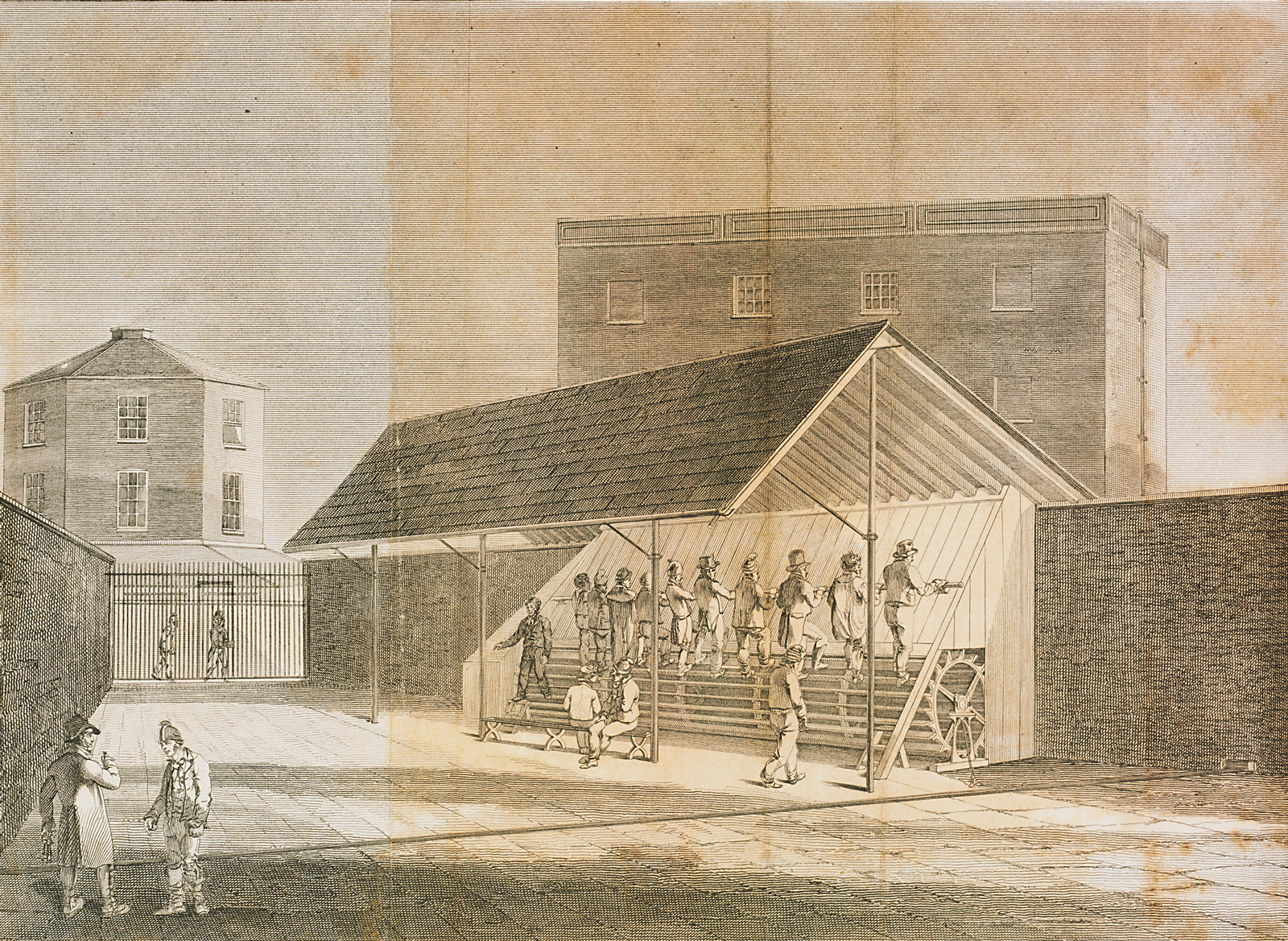
Convict Sydney
Convict punishment: the treadmill
As a punishment, convicts were made to step continuously on treadmills to power wheels that ground grain
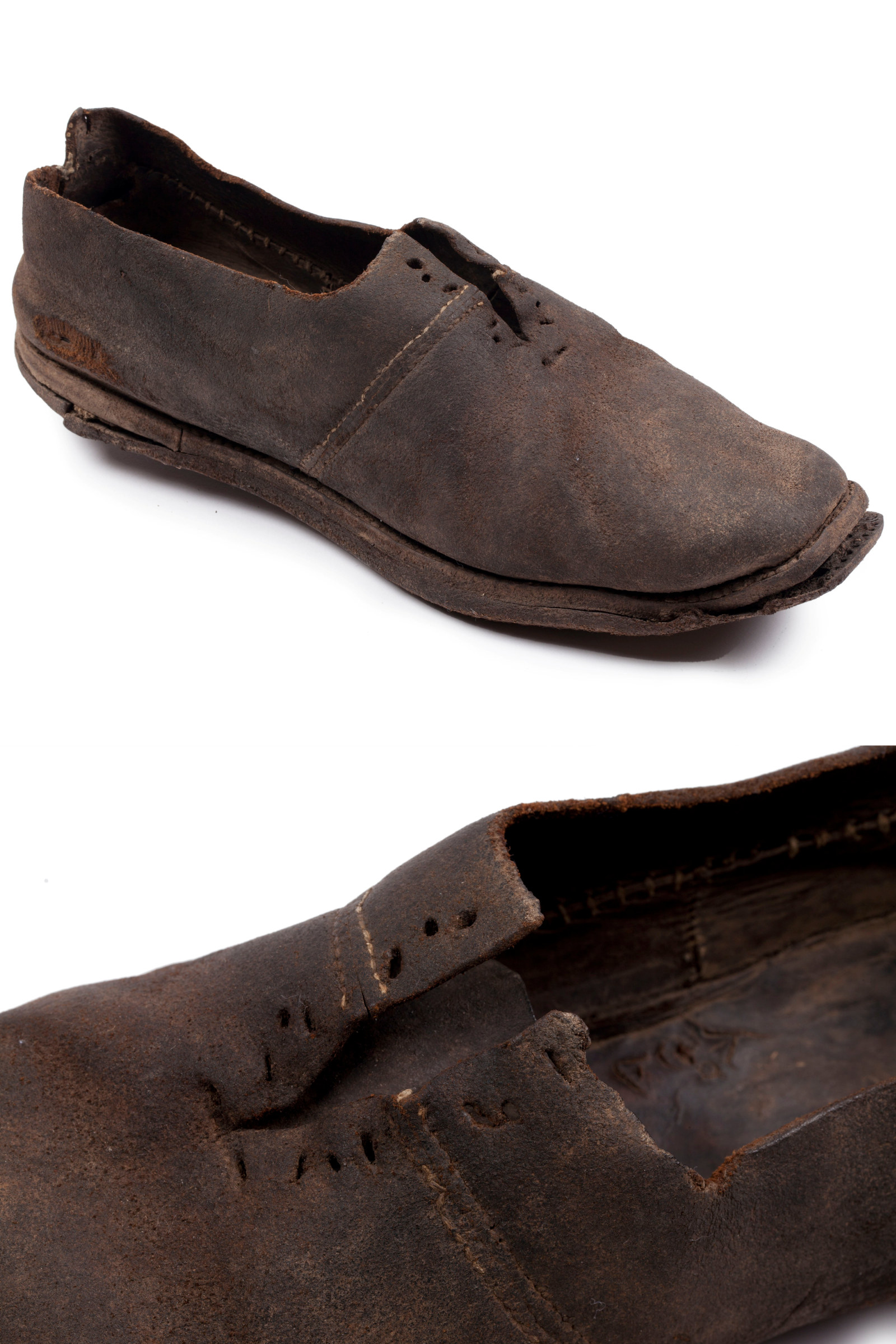
Convict Sydney
Convict shoe
Shoes were known as crab shells or hopper dockers in the convict ‘flash’ slang language; two or three pairs were issued to each convict annually
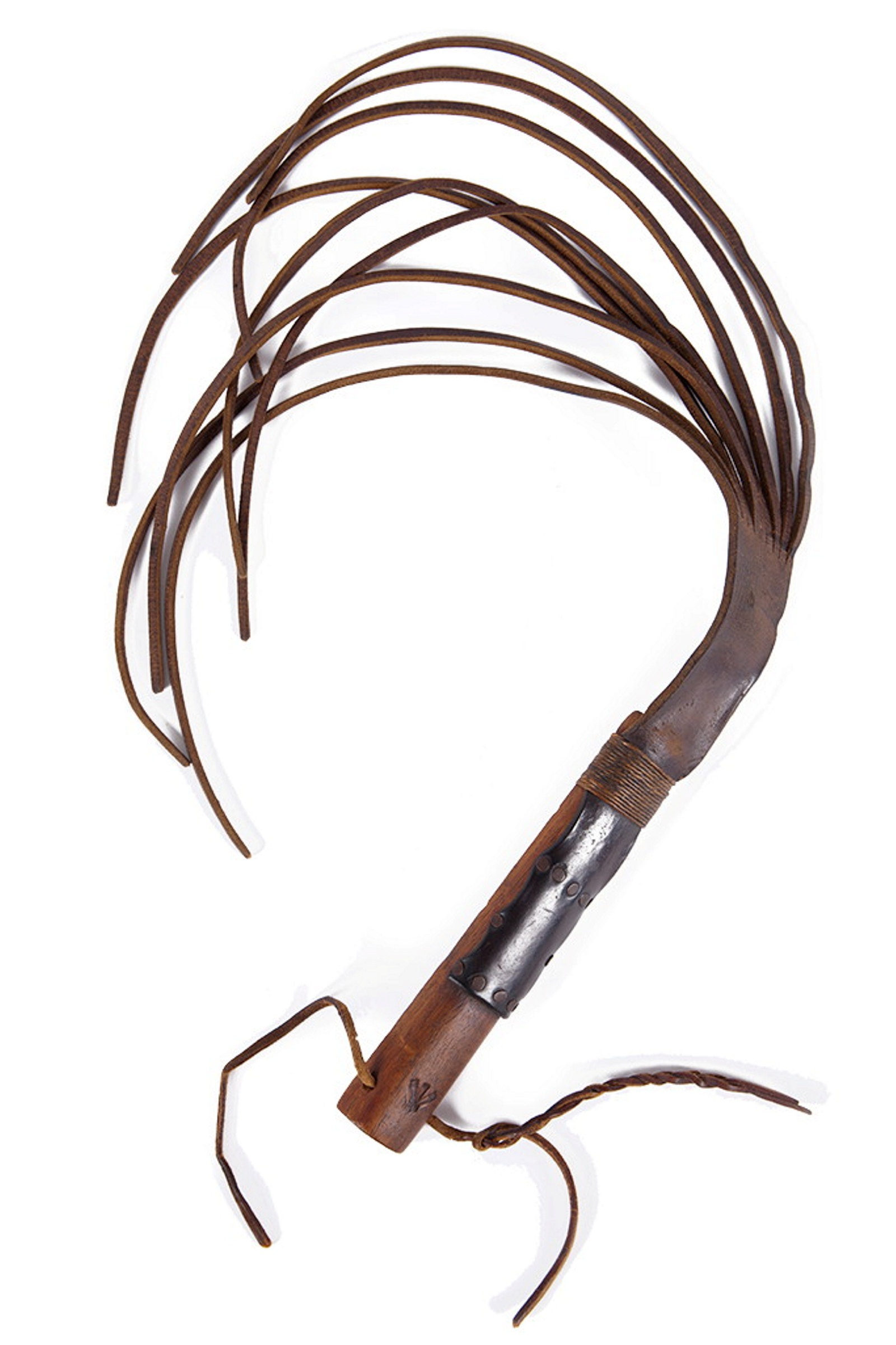
Convict Sydney
Cat-o’-nine-tails
One of the most common forms of convict punishment was flogging (whipping) with a ‘cat-o’-nine-tails’
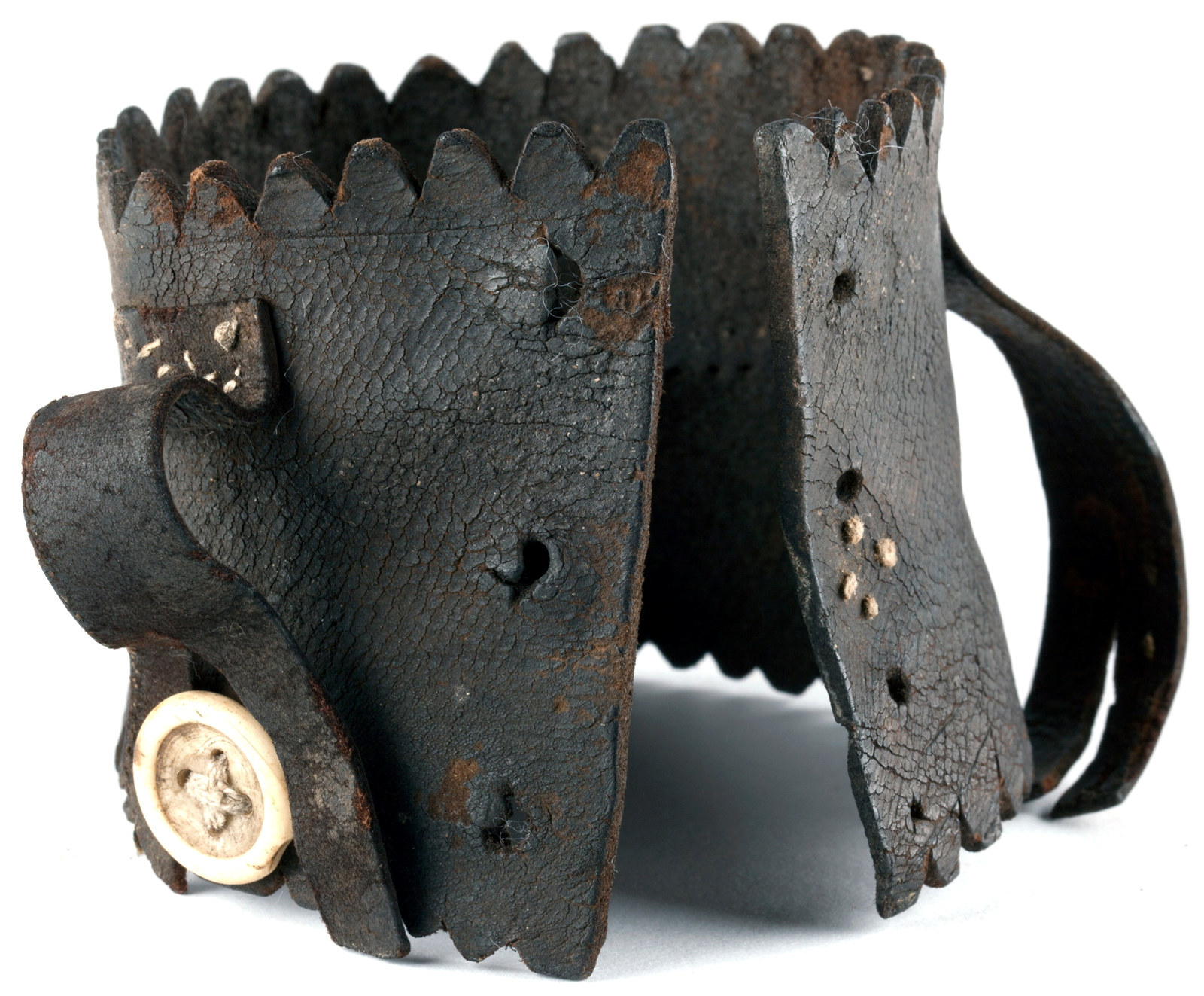
Convict Sydney
Leg iron guard
A stunning example of an improvised handicraft, this leather ankle guard or ‘gaiter’ was made to protect a convict’s ankle from leg irons
